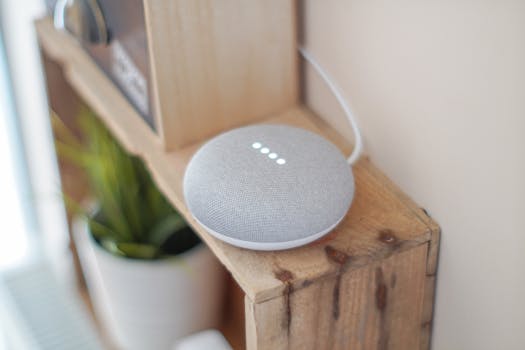Home IoT Security: How to Protect Smart Devices on a Budget
9/23/2025 · Smart Home · 6 min

TL;DR
- You can dramatically reduce smart home risk with a few low cost moves: strong unique passwords, segmented networks, and regular firmware updates.
- A separate guest or IoT network isolates devices from your main computers and phones. Many modern routers support this without extra cost.
- Use manufacturer apps sparingly and disable features you do not need, such as remote access or voice assistant integrations, unless you understand the trade offs.
- Best budget picks by need:
- Privacy first: routers with built in firewall and basic DNS filtering.
- Simplicity: devices that support local control or open standards like Matter.
- Lowest friction: products with two factor authentication and regular firmware updates.
Why smart home security matters
- Smart bulbs, cameras, locks, and sensors increase convenience but also expand the attack surface. A compromised device can reveal patterns, grant access, or be a pivot point to other devices.
- You do not need a fancy security appliance to get meaningful protection. Focus on isolation, credentials, and updates.
Network segmentation - the single biggest win
- Create a dedicated network for IoT devices. Many consumer routers let you enable a guest or IoT SSID that can be blocked from talking to your main LAN.
- If your router supports VLANs and you are comfortable with a little setup, use VLANs to separate traffic further.
- For apartments or rental setups where you cannot change the router, consider a small managed switch or an inexpensive second router to create an isolated subnet.
Router hardening checklist
- Change the default admin password and use a unique, strong passphrase.
- Disable remote administration from the internet unless you know how to secure it.
- Enable automatic updates for the router if available, or check for firmware updates monthly.
- Turn on basic firewall features and use DNS filtering or a safe DNS provider to block known malicious sites.
Device setup and configuration
- During initial setup, avoid using cloud features you do not need. Local only control is safer when supported.
- Set each device to the latest firmware before connecting it to the network.
- Rename default device accounts when possible, and change any default passwords.
- Turn off universal plug and play UPnP if you do not need it, as it can expose ports without your knowledge.
Passwords, accounts and two factor authentication
- Use unique passwords for each device and account. A password manager makes this manageable.
- Enable two factor authentication for vendor accounts and companion apps when offered. This stops many common account takeovers.
Privacy options and cloud dependencies
- Review vendor privacy policies and what data is collected. Prioritize vendors that offer local control or clear privacy controls.
- For cameras and voice assistants, consider whether cloud processing is required for features. If not, prefer local or local plus optional cloud models.
Firmware and updates
- Set a monthly calendar reminder to check for updates if automatic updates are not available.
- Avoid buying devices from vendors that have a history of dropping support quickly. Community reputation helps.
When to buy new gear versus secure what you have
- Replace devices that have known unresolved vulnerabilities or that are no longer supported. Old hardware can be a weak link.
- If you need a low cost security boost, a router that supports separate SSIDs and basic firewall rules is worth the investment.
Buying checklist for budget conscious shoppers
- Local control or open standards like Matter preferred.
- Firmware update record and active vendor support.
- Built in two factor authentication for accounts.
- Ability to disable cloud features and remote access.
- Reasonable price and good community reviews on longevity.
Simple example setup for a small apartment
- Primary router on main SSID for phones and laptops.
- Guest SSID for visitors.
- IoT SSID for bulbs, cameras, sensors. Block IoT SSID from accessing the primary SSID.
- Use a password manager for device and app credentials.
- Check firmware updates monthly and enable two factor auth on companion apps.
Bottom line
Small changes yield large improvements. Segregate devices, use unique passwords, keep firmware current, and prefer devices with clear privacy controls. You do not need to spend a lot to make your smart home much safer.
Found this helpful? Check our curated picks on the home page.